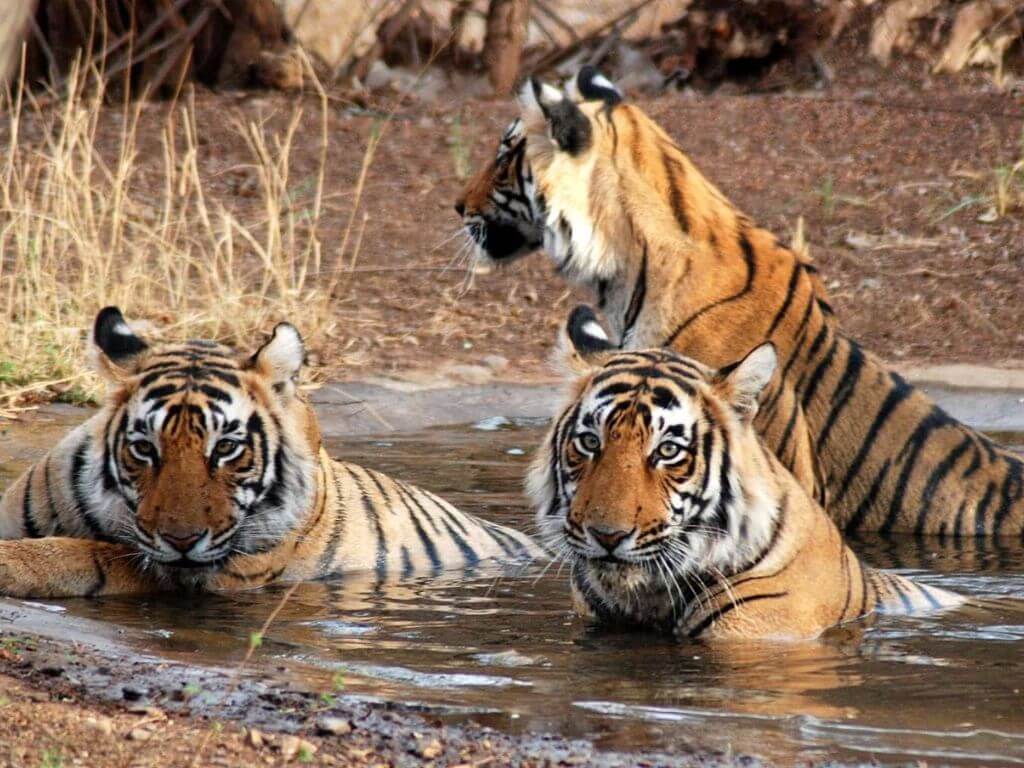Did you know that National Wildlife Day is on September 4th? The idea behind this special day is to focus on endangered species, preservation, and conservation efforts around the world. Zoos, national parks, wildlife centuries, and sanctuaries provide a variety of ways to get involved. Since love of all animals is so embedded in our South Asian culture, we have decided to zoom in on key sanctuaries that are located in India for you to learn about and add them to your bucket list!
National Wildlife Day which happens twice a year in February 22nd and September 4, was founded in 2005 by celebrated animal behaviorist and philanthropist Colleen Paige. Her goal was to bring awareness to endangered animals globally that need to be preserved and rescued, but also to acknowledge zoos and animal sanctuaries globally for all their efforts to help protect these animals. They also make an effort to educate the public about conservation and especially children who as we know will be the future caretakers and conservationists.
Here are the top wildlife national sanctuaries in India:
Kaziranga National Park, Assam
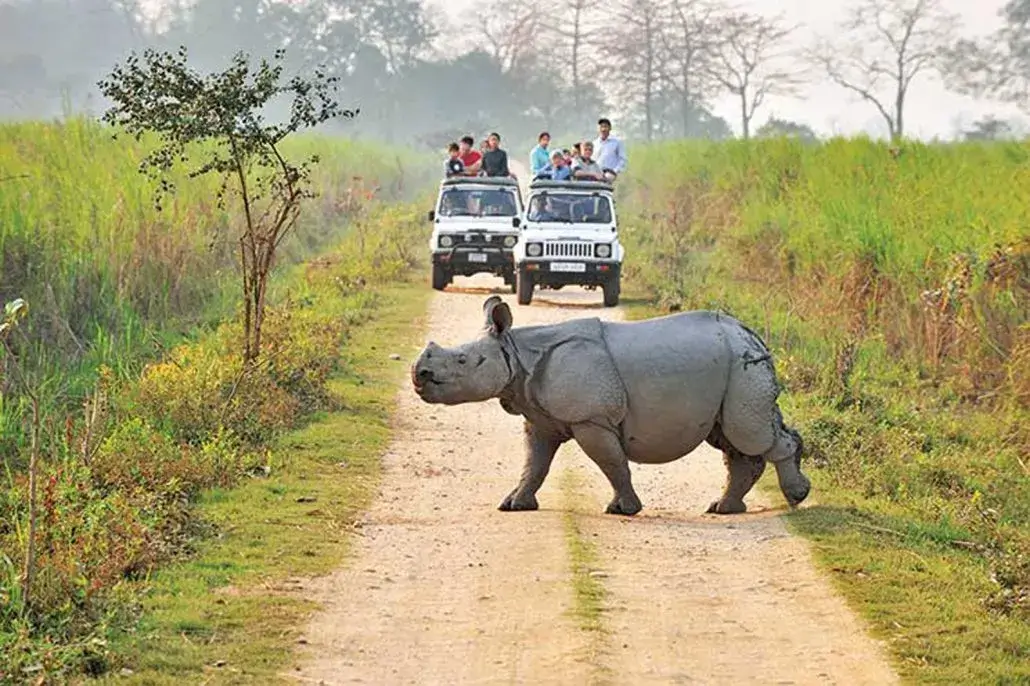
If you thought one-horned rhinoceros only existed during the Jurassic Park era, then you possibly need to visit the 430 square-kilometer Kaziranga National Park which is home to 2200 Indian one-horned rhinoceros, approximately 2/3rd of their total world population. The Kaziranga National Park was formed in 1908 and is located at the edge of the Eastern Himalayan biodiversity hotspots. In 1985, the park was declared a World Heritage Site by UNESCO. Kaziranga is best to visit during the months of November to April and is closed between May to October. You can spot the fantastic rhinos by booking an elephant safari. Other than the rhinos, you can also spot other animals such as Indian wild boar, Eastern mole, pangolin, Indian gaur, sambar, barking deer, hog deer, and more.
Ranthambore National Park, Rajasthan
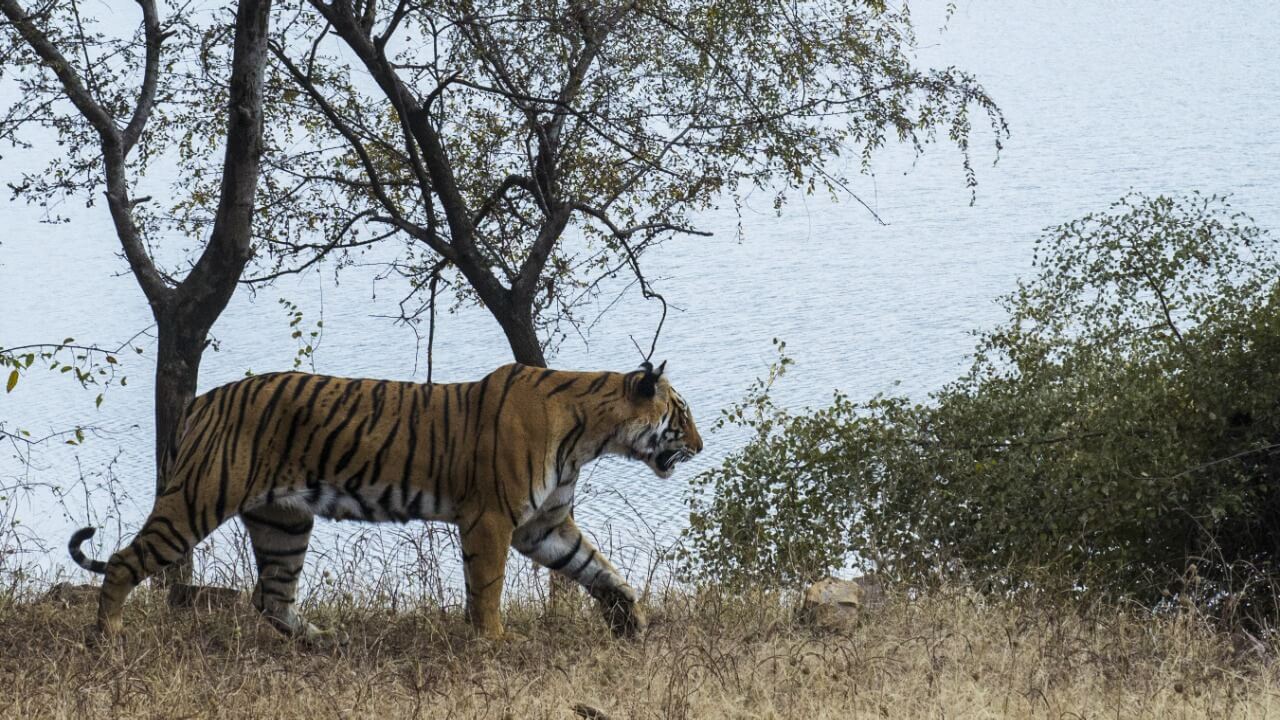
If you love tigers and want to catch them in their habitat, this is your place! Ranthambore National Park is located about 13.5 kilometers from the city of Sawai Madhopur in Rajasthan. Located at the junction of the Aravali and Vindhya hill ranges, this is one of the finest places to view wild animals, especially tigers because they are used to being stared at. There are numerous water bodies scattered all across the park which is a perfect spot to catch animals drinking water and also helps them cool off, especially during summer.
Did you know that Gir National Park is the only place outside Africa where a lion can be seen in its natural habitat? Other than the majestic Asiatic Lions, you can also find thousands of other elusive wild animals and hard-to-find birds like the uncommon Asiatic Wild Ass, Hyenas, Gir Foxes, Pygmy Woodpecker and so much more. The Gir National Park covers a total area of 1,412 square kilometers of which 258 kilometers form the core area of the National Park. According to the 2015 census, the population of lions in Gujarat in 1913 was approximately 20. By 2015 the lion population has increased to 523. The park has 106 male, 201 female, and 213 sub-adult lions. The wealth of flora and fauna at Gir is kept untouched from mid of June to the 15th of October every year due to the rainy season. The best times to visit Gir is November to May.
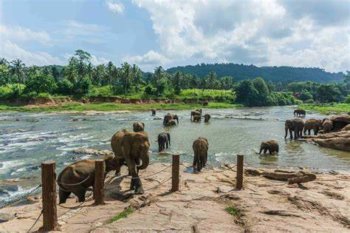
Periyar National Park and Wildlife Sanctuary, located in Thekkady Kerala is known to be the perfect example of nature’s bounty with great scenic beauty and rich biodiversity and is considered the most protected area for elephants and tigers. One of the most renowned national parks in South India, the Periyar National Park is set high in the Western Ghat ranges. The protected area is widespread along the area of 925 square kilometers. Founded in 1982, the park is adorned with a picturesque lake at the heart of the sanctuary which is an artificial 100 years old lake and is basically known for its wild elephants and thickly established Western Ghats forests. The valley is filled with tropical evergreen forest with extremely thick tree cover that hardly lets sun rays penetrate in. These trees are fully grown at amazing heights of up to 130-140 feet. Apart from elephants, other animals that you can find at the park include wild pigs, sambar, gaur, mouse deer, dole or barking deer, Indian wild dog, and tigers. The best time to visit the National Park is between the months of October and June.
Corbett National Park, Uttarakhand
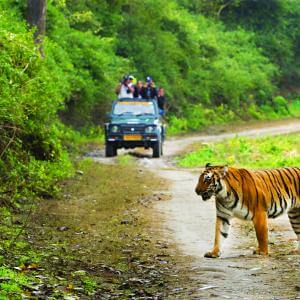
Want to visit the first National Park in India? Then head straight to Jim Corbett National Park, which is befittingly called the paradise of tigers because it holds a large population of tigers in its breathtaking landscapes. Named after the legendary tiger hunter turned naturalist Jim Corbett (1875-1955), the proud destination Jim Corbett National Park was the first national park of India, which was established in 1936 in the hill state of Uttarakhand in Northern India. Spread across an area of 1,315 square kilometers across the districts of Nainital and Pauri, the best place to visit the park is between November 15th to June 15th. The part is also features neighboring reserves such as the Sonanadi Wildlife Sanctuary, home to approximately 110 tree species, 50 mammals, 580 bird species, and 25 reptile species that are found both in the lower and higher regions of the park. Blessed with breathtaking mountains and thrilling jungle, Jim Corbett National Park is a haven for adventure and wildlife seekers.
Main Image Photo Credit: www.historicaltimeofIndia.blogspot.com
Mrinalini Sundar
Author
Mrinalini Sundar (new_girl_in_to) has worked with various Indian national, international publications including Times Of India and is currently based out of Toronto. She's constantly in search of high adventure, exotic food, and new experiences. She is the happiest amidst mountains, with no wi-fi.


















































